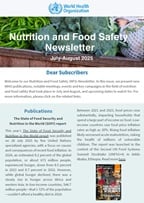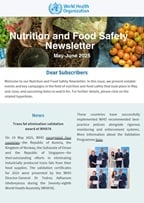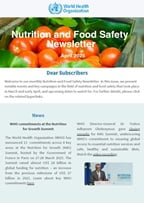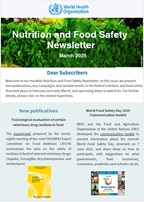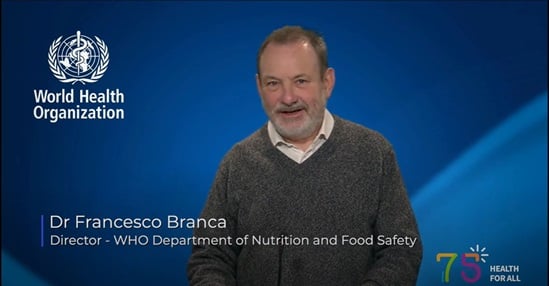Obesity
Overweight and obesity are defined as abnormal or excessive fat accumulation that presents a risk to health. A body mass index (BMI) over 25 is considered overweight, and over 30 is obese. In 2019, an estimated 5 million noncommunicable disease (NCD) deaths were caused by higher-than-optimal BMI.
Rates of overweight and obesity continue to grow in adults and children. From 1990 to 2022, the percentage of children and adolescents aged 5–19 years living with obesity increased four-fold from 2% to 8% globally, while the percentage of adults 18 years of age and older living with obesity more than doubled from 7% to 16%.
Obesity is one side of the double burden of malnutrition, and today more people are obese than underweight in every region except the South-East Asia Region. Once considered a problem only in high-income countries, today some middle-income countries have among the highest prevalence of overweight and obesity worldwide.
Overweight and obesity are major risk factors for a number of chronic diseases, including cardiovascular diseases such as heart disease and stroke, which are the leading causes of death worldwide. Being overweight can also lead to diabetes and its associated conditions, including blindness, limb amputations, and the need for dialysis. Rates of diabetes have quadrupled since around the world since 1980. Carrying excess weight can lead to musculoskeletal disorders including osteoarthritis. Obesity is also associated with some cancers, including endometrial, breast, ovarian, prostate, liver, gallbladder, kidney and colon. The risk of these noncommunicable diseases increases even when a person is only slightly overweight and grows more serious as the body mass index (BMI) climbs.
Obesity in childhood is associated with a wide range of serious health complications and an increased risk of premature onset of related illnesses. Studies have found that without intervention, children and adolescents with obesity will likely continue to be obese into adulthood.
Many of the causes of overweight and obesity are preventable and reversable. Although other factors are involved, the fundamental cause of obesity is an imbalance of calories consumed and calories expended. As global diets have changed in recent decades, there has been an increase in the consumption of energy-dense foods high in fat and free sugars. There has also been a decrease in physical activity due to the changing nature of many types of work, more access to transportation and increased urbanization.
Lowering the risk of overweight and obesity includes reducing the number of calories consumed from fats and sugars, increasing the portion of daily intake of fruit, vegetables, legumes, whole grains and nuts, and engaging in regular physical activity (60 minutes per day for children and 150 minutes per week for adults). In babies, studies have shown that exclusive breastfeeding from birth to 6 months of age reduces the risk of infants becoming overweight or obese.


